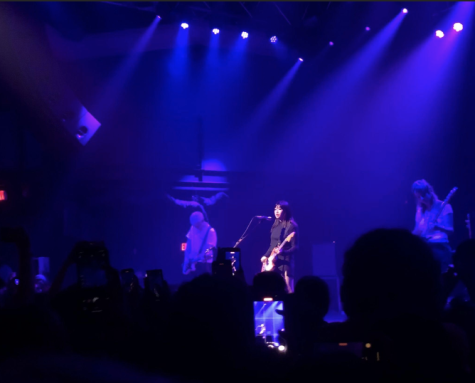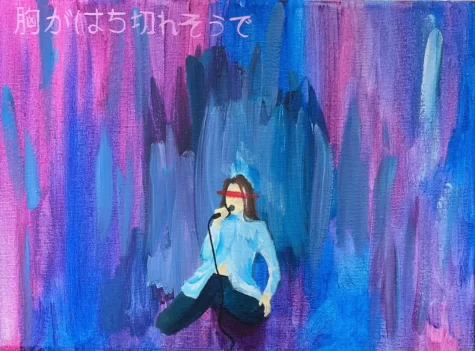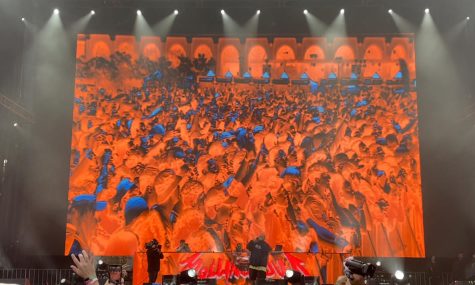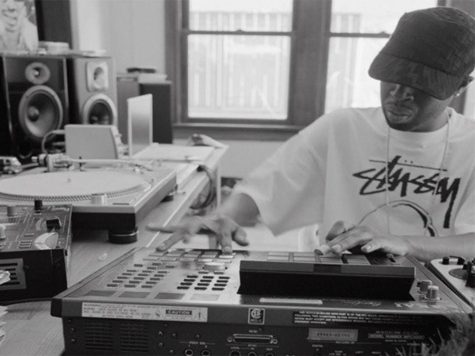Timelapse: Indie Through the Ages
October 8, 2020
Dating back to the 1970s, indie music has been criticized and celebrated for a variety of reasons. Today, we dive into the history of indie music and consider the future of the genre.
Originally, indie was used to describe musicians who were independently financed and rejected the status quo. Many consider the 1990s the high point of indie music. This period introduced artists like Nirvana, the Strokes, and Pearl Jam. While some artists during this time decided to continue with independent production, many bands transitioned to established labels. As time has progressed, terms associated with indie music have become buzzwords and catchlines; “unique,” “unconventional,” and “rebellious.” Rather than repel big labels and audiences, these characteristics of indie music have been attractive to listeners. Paired with the expansion of indie music to include pop, rock, and alternative subgenres, indie has fully made its breakthrough into mainstream. The indie music industry has also been impacted by changes in technology. Distribution of music, in general, has digitized and subsequently, independent creators have been able to gain exposure through non-traditional means. As such, indie is widely considered music that is not just independently produced, but also diverges from mainstream culture and emphasizes experimentation.
One important note when considering indie music is the historic exclusivity of the genre. Indie has been highly populated by white artists. In a Pitchfork article, Sarah Sahim writes, “status quo creates a barrier in terms of both the sanctioned participation of artists of color and the amount of respect afforded them, all of which sets people of color up to forever be seen as interlopers and outsiders.” White artists have been granted more acceptance and comfort within the indie community, and this has been sustained through producers, media, labels, other artists, and audiences. In order to advance musicians of color into the music industry, as the origins of indie music indicate, challenging the mainstream and popular belief is critical.
Indie music has grown throughout time, and as the genre continues to expand, it is necessary for indie music to not cater to white audiences and issues, and instead, challenge ideas of race and identity.
Listen to indie throughout the ages here:
Read more here:
http://www.radio1190.org/1190blog/2016/10/25/independent-music-a-basic-history
https://theconversation.com/explainer-indie-music-28321
https://www.theguardian.com/music/series/a-history-of-indie-music
https://pitchfork.com/thepitch/710-the-unbearable-whiteness-of-indie/
https://pitchfork.com/features/article/what-its-like-to-be-black-in-indie-music/















